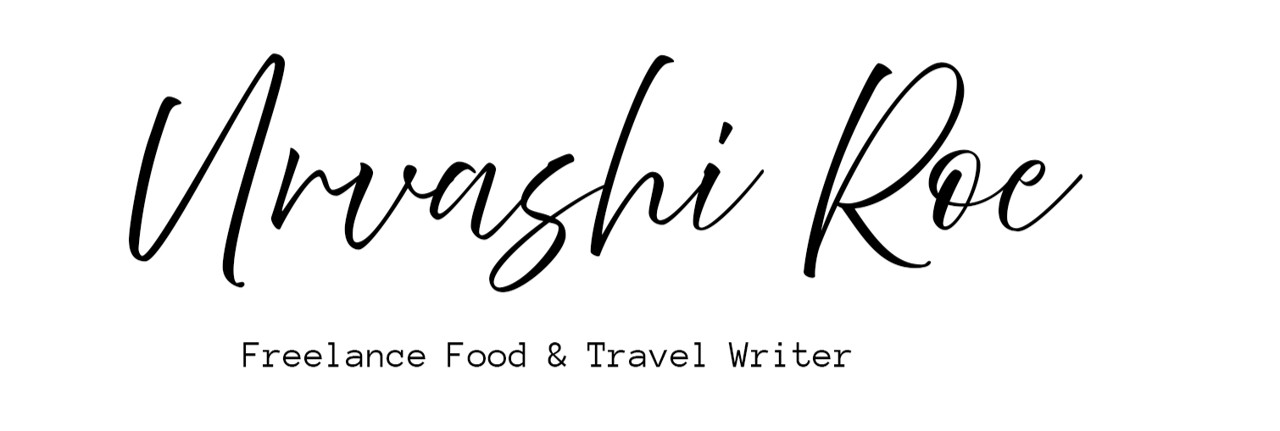I am a big fan of Seinfeld. It’s a silly US sitcom about the life of Jerry Seinfeld and his friends George, Elaine and Kramer. There is one episode in particular which makes me giggle even at the thought. It’s called ‘The Rye’ and the plot centres around a loaf of marble rye bread which appears and disappears. For all manner of reasons it’s utterly ridiculous but I was determined to visit a typical Jewish bakery in New York and buy myself a marble rye!
My guidebook told me there were many Jewish delis and eateries on East Houston Street so that’s where I headed. It wasn’t actually too far from the Tenement Museum.
Katz’s Delicatessen
In 1888, the Iceland brothers set up a small deli on Ludlow Street in New York’s Lower East Side. Upon the arrival of Willy Katz in 1903, the name of the store was officially changed to “Iceland & Katz”. Willy’s cousin Benny joined him in 1910, buying out the Iceland brothers to officially form Katz’s Delicatessen.
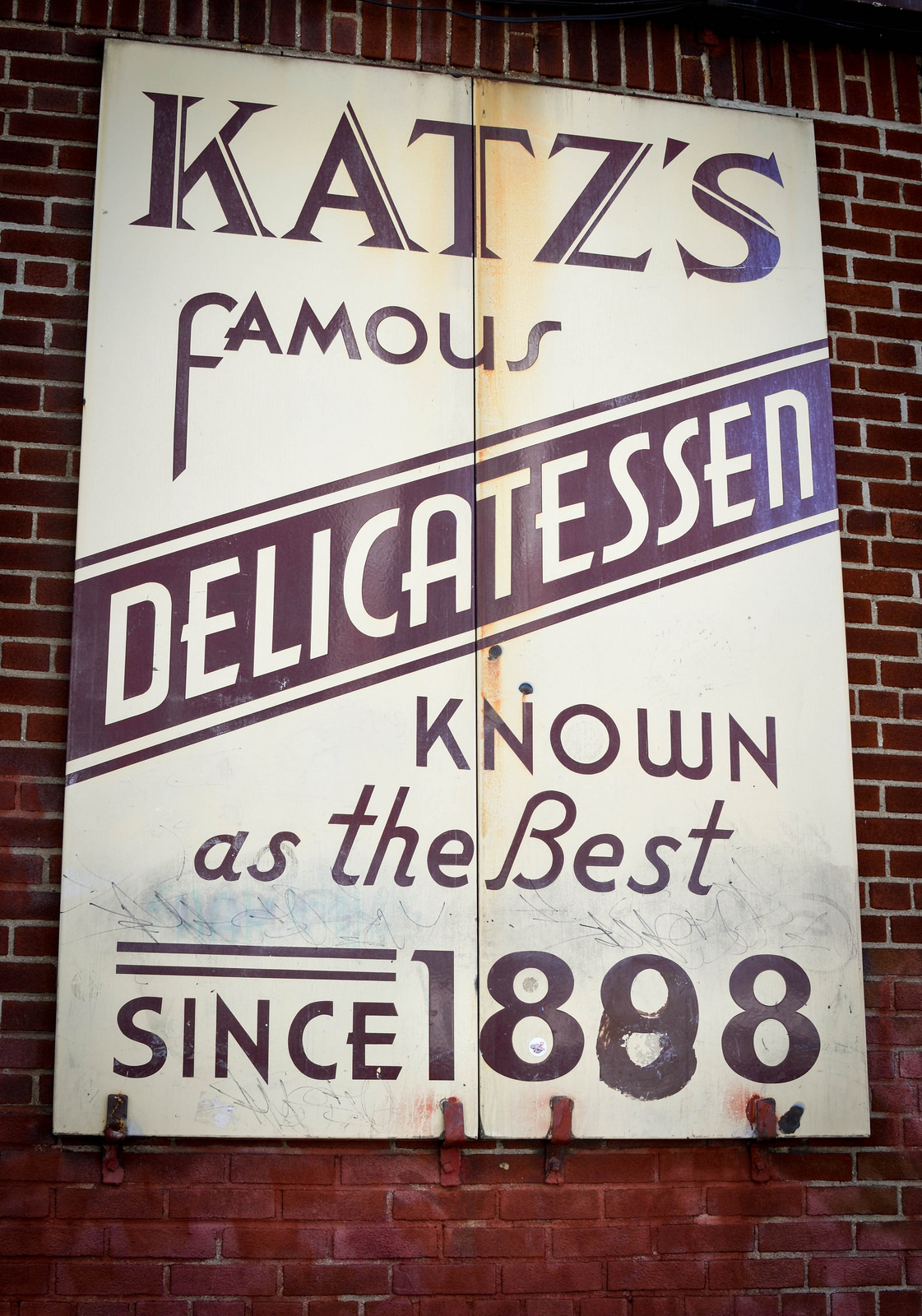
In the early part of the twentieth century, the Lower East Side was home to millions of newly immigrated families. This, along with the lack of public and private transportation, forged a solid community and Katz’s became a focal point for congregating. On Fridays the neighbourhood turned out to enjoy franks and beans – a Katz tradition. During World War II, the three sons of the owners were all serving their country in the armed forces, and the family tradition of sending food to their sons became the company slogan “Send A Salami To Your Boy In The Army”.
I walked into the noisy deli and hoping for a table but sadly there was barely enough room to stand. I could just about admire the photos that lined the walls before I was jostled out by busy New Yorkers. I was told the photos were of famous customers that had once popped in during the era of Yiddish theatre when the place was filled with actors, singers and comedians. I didn’t recognise any but the faces were fascinating nonetheless.
Russ & Daughters
When Joel Russ started schlepping strings of Polish mushrooms on his shoulders to support his family and save up for a pushcart, he could never have imagined that four generations later his family would own a landmark building hailed by the Smithsonian Institute and listed on the National Register of Historic Places.
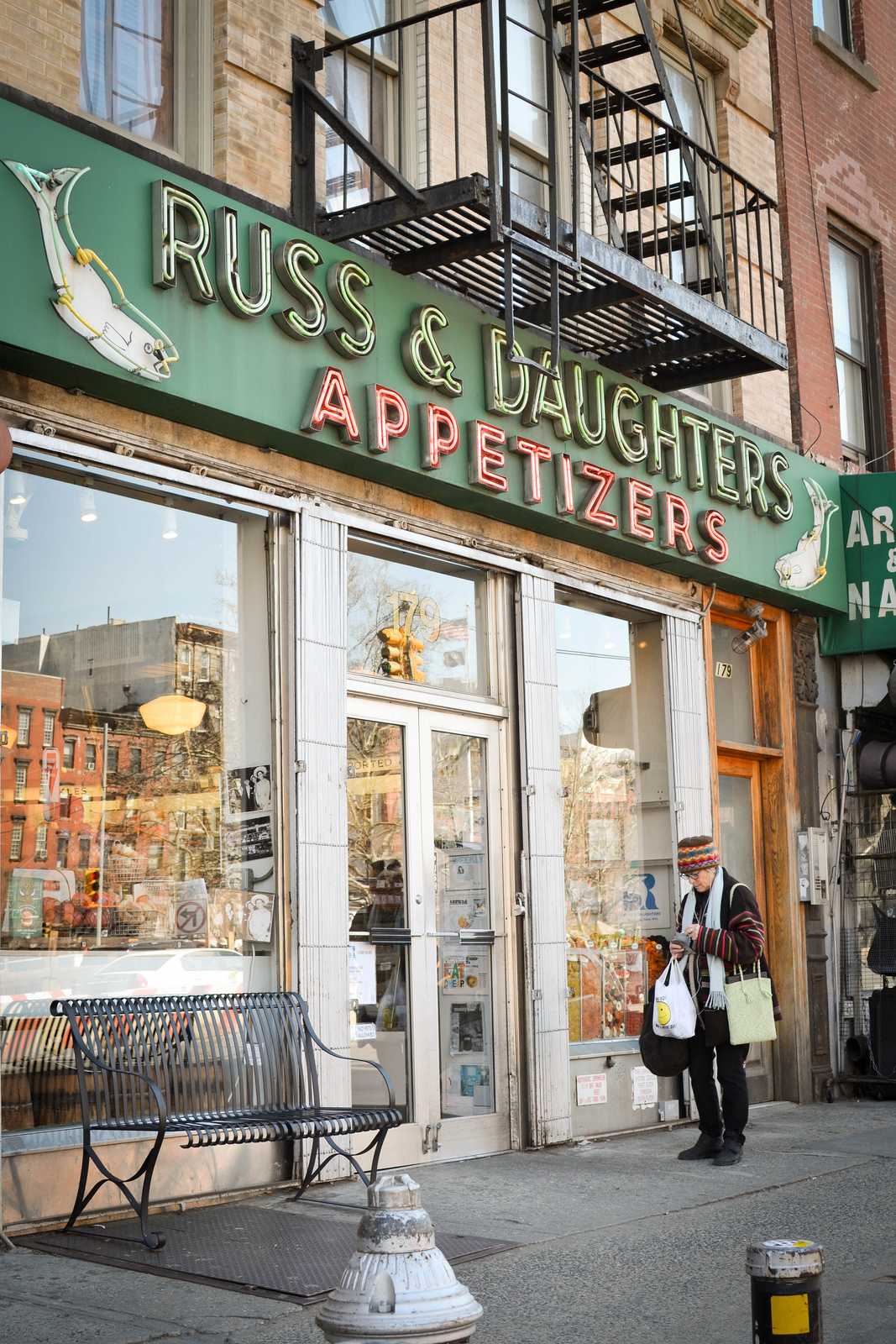
He opened his first store in 1914 on Orchard Street and expanded his wares to include salt cured herring and salmon. He moved to a larger premises in the 1920s and was joined by his daughters after school and on weekends. In 1933 Joel changed his business name to Russ & Daughters – it is believed to be the first business in the US to have the name & daughters in its title.
It’s a feast of a shop. Smoked salmon from every corner of the globe, herring presented in pickles or oil or salt, sweets that I cannot even start to list but trays including halva caught my eye, flavoured and plain cream cheese, bagels with seeds, grains and plain and almost every Jewish condiment you could name.
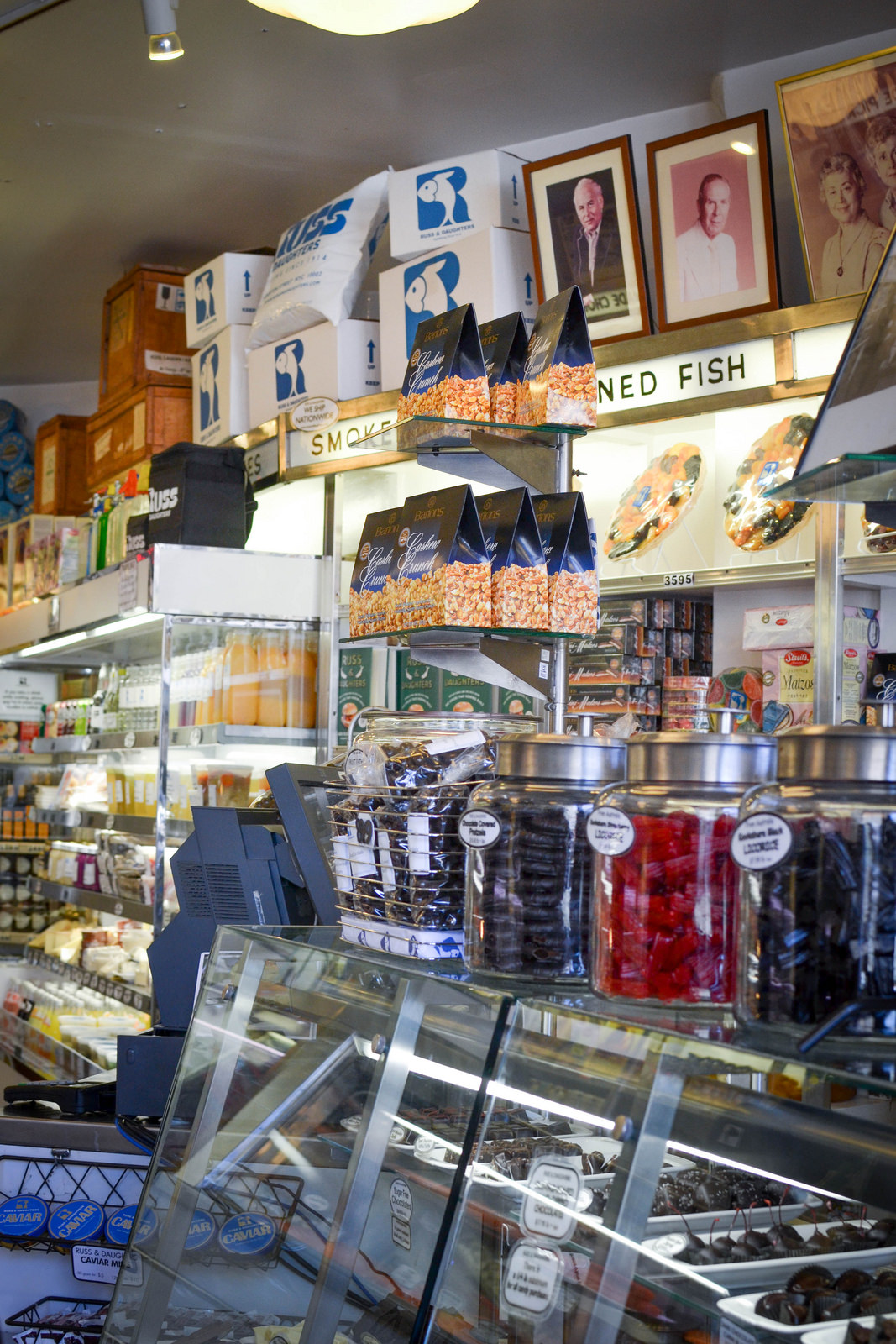
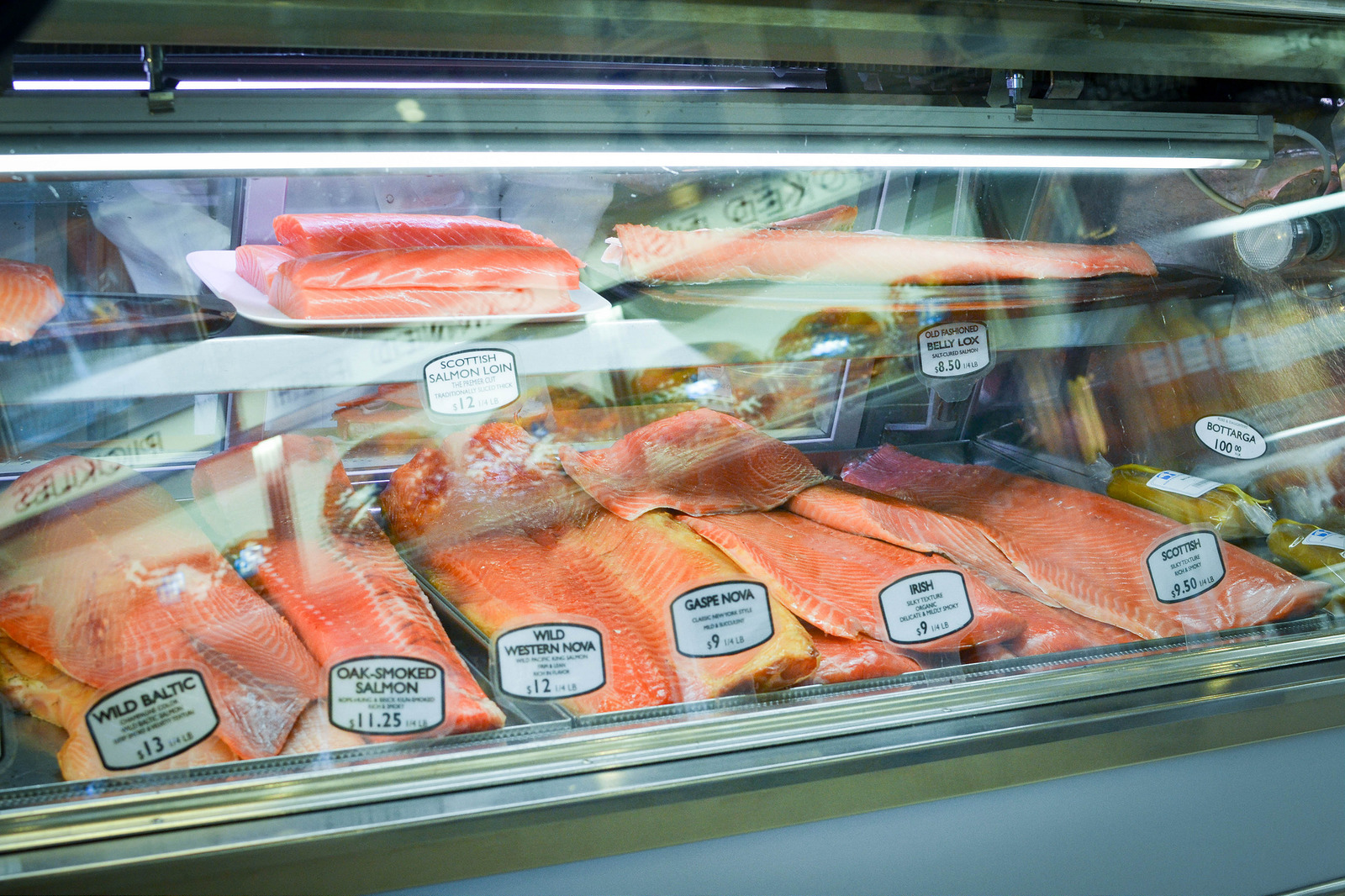
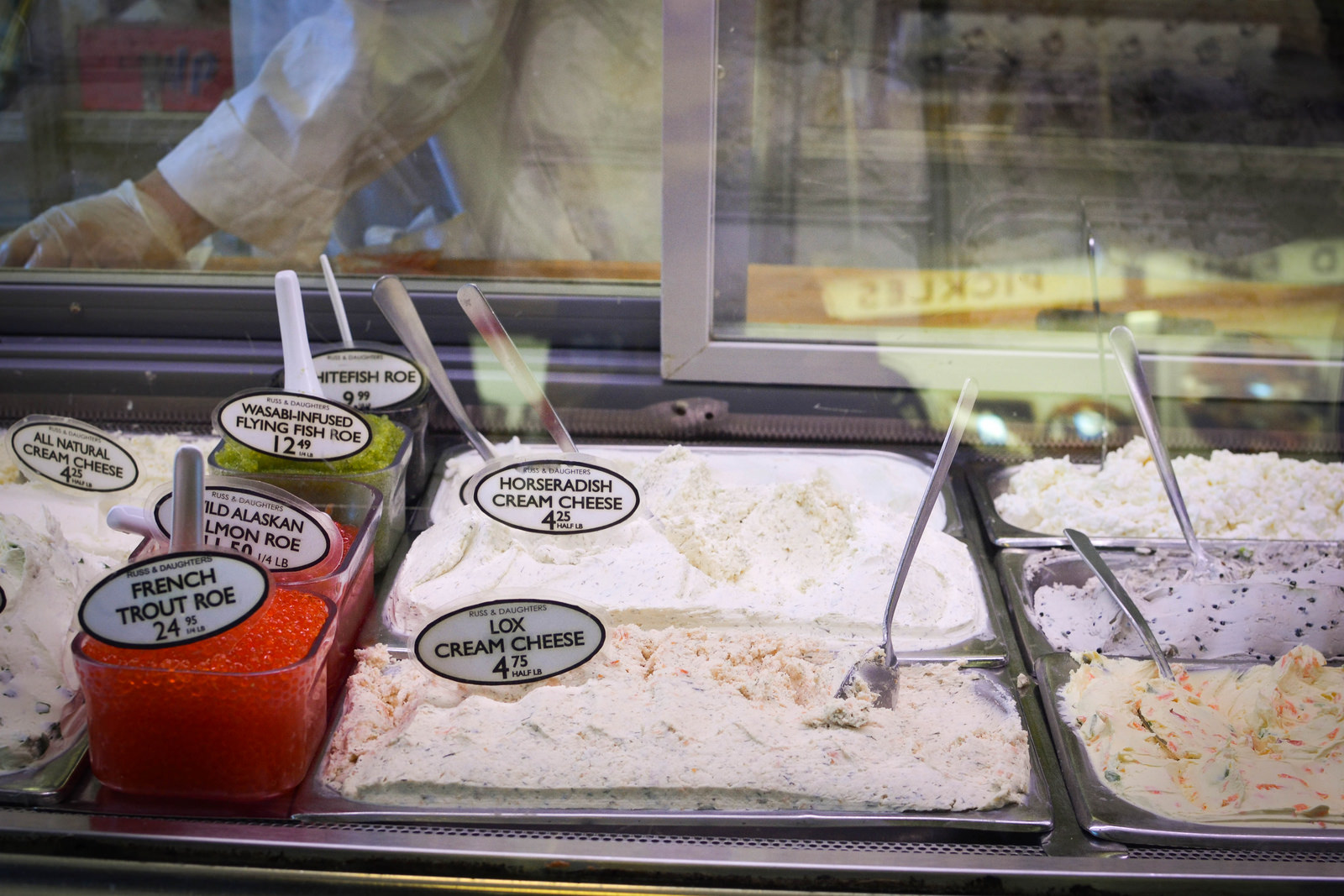
The Original Yonah Schimmel Knishery
A knish or knysh is an Eastern European, and Jewish snack food which was made popular in North America by Eastern European immigrants. In 1890, Yonah Schimmel, a Romanian immigrant sold his knishes on a pushcart. As business grew, he rented a small store on Houston Street with his cousin Joseph Berger. Yonah left the business a few years later and Berger took over but kept the original name. The in 1910, the Bergers moved the business to the south side of Houston Street where it is now. It is still family owned and now run by Yonah’s great nephew, Alex Wolfman.
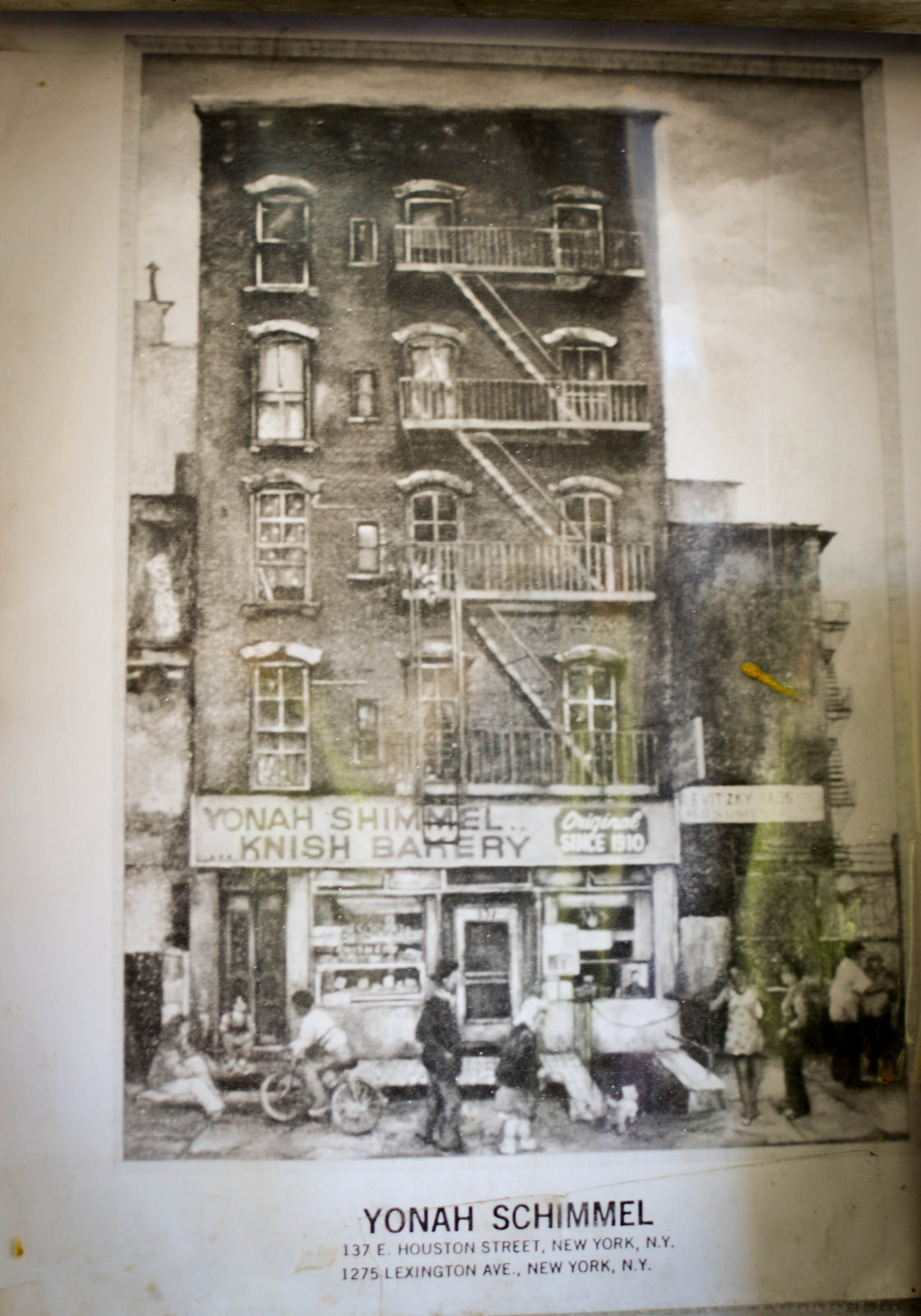
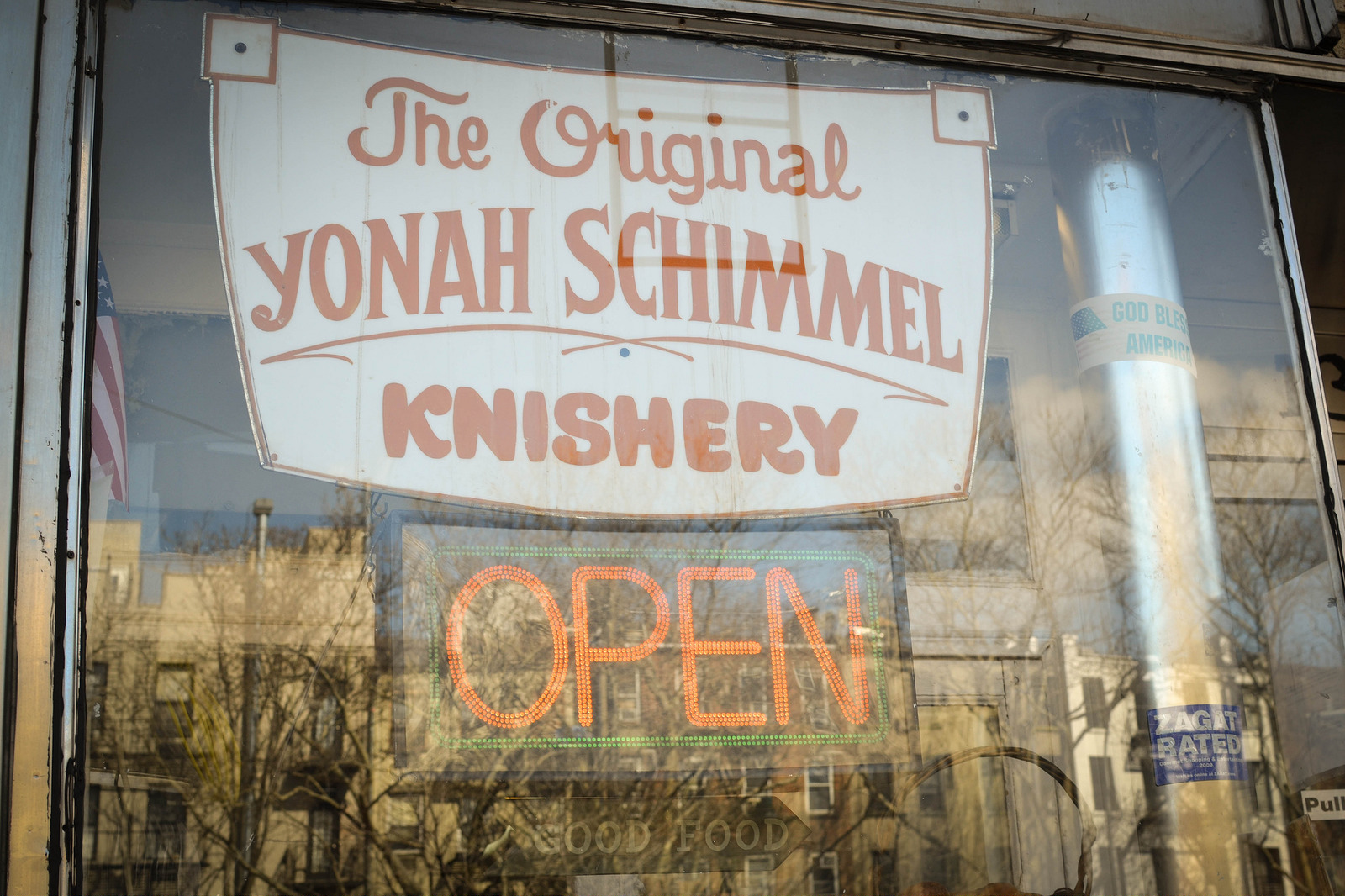
I had never tasted a knish before and though the whole place looked downtrodden and forgotten, it was rammed with orders flying in all directions. The menu was mesmerising. Sweet and savoury offerings so I really didn’t know what to expect. I chose the tray which had just been brought out and was steaming the window pane.
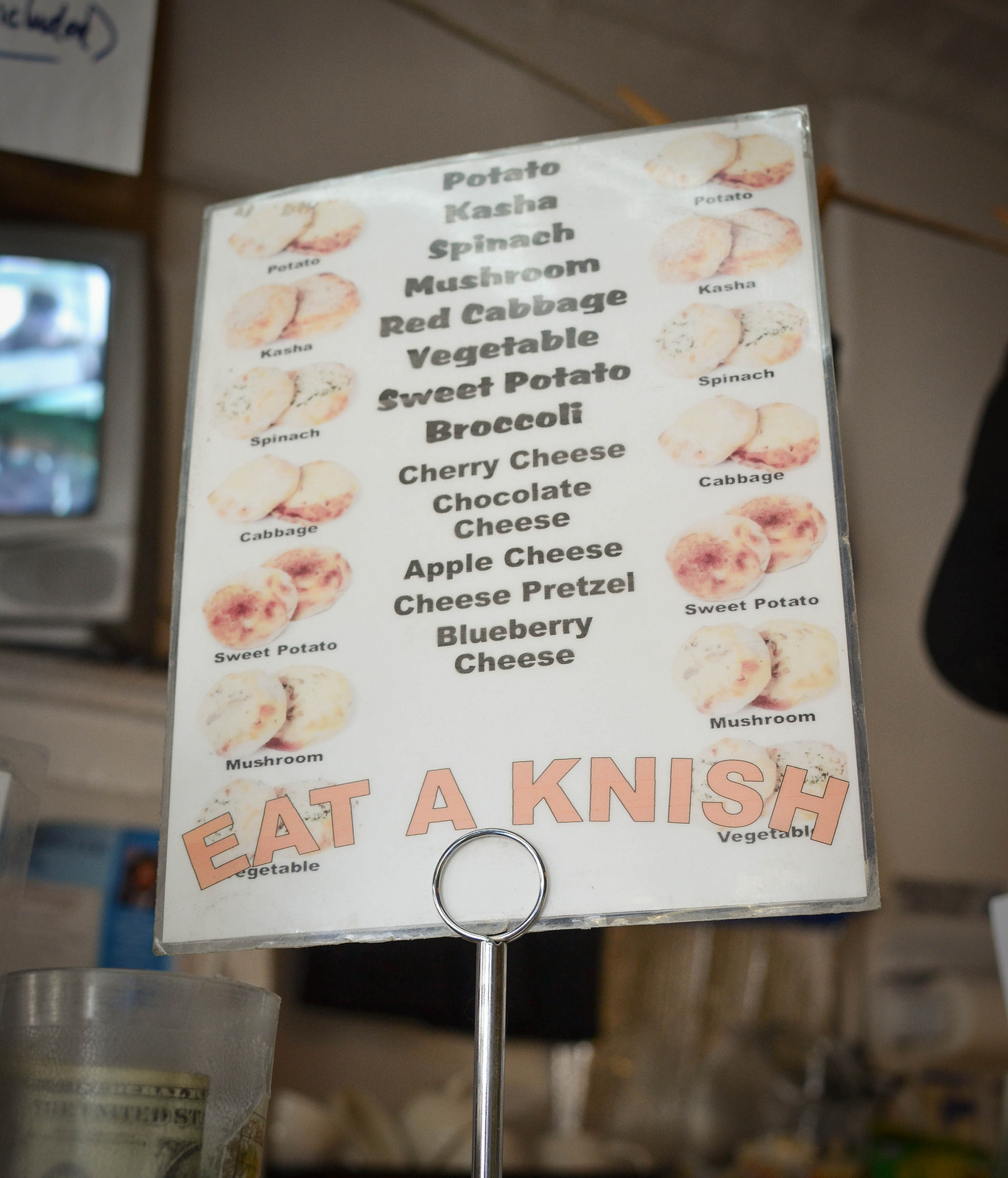
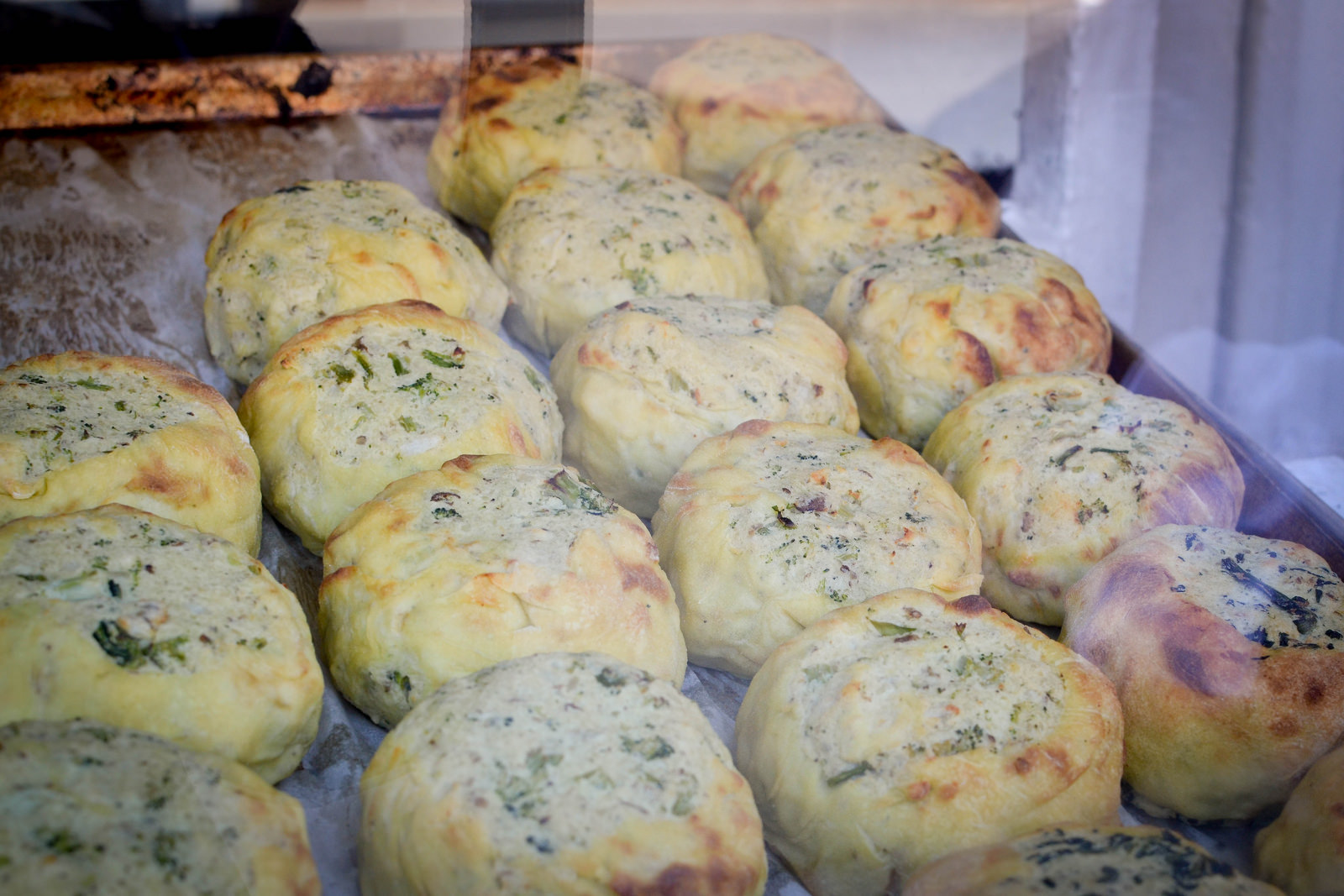
It was delicious. Cheesy mashed potato with flecks of spinach and a little pastry round the outside. In just three bites I was getting full so it’s no wonder this was a street food that was designed to fill up the hungry labourers.
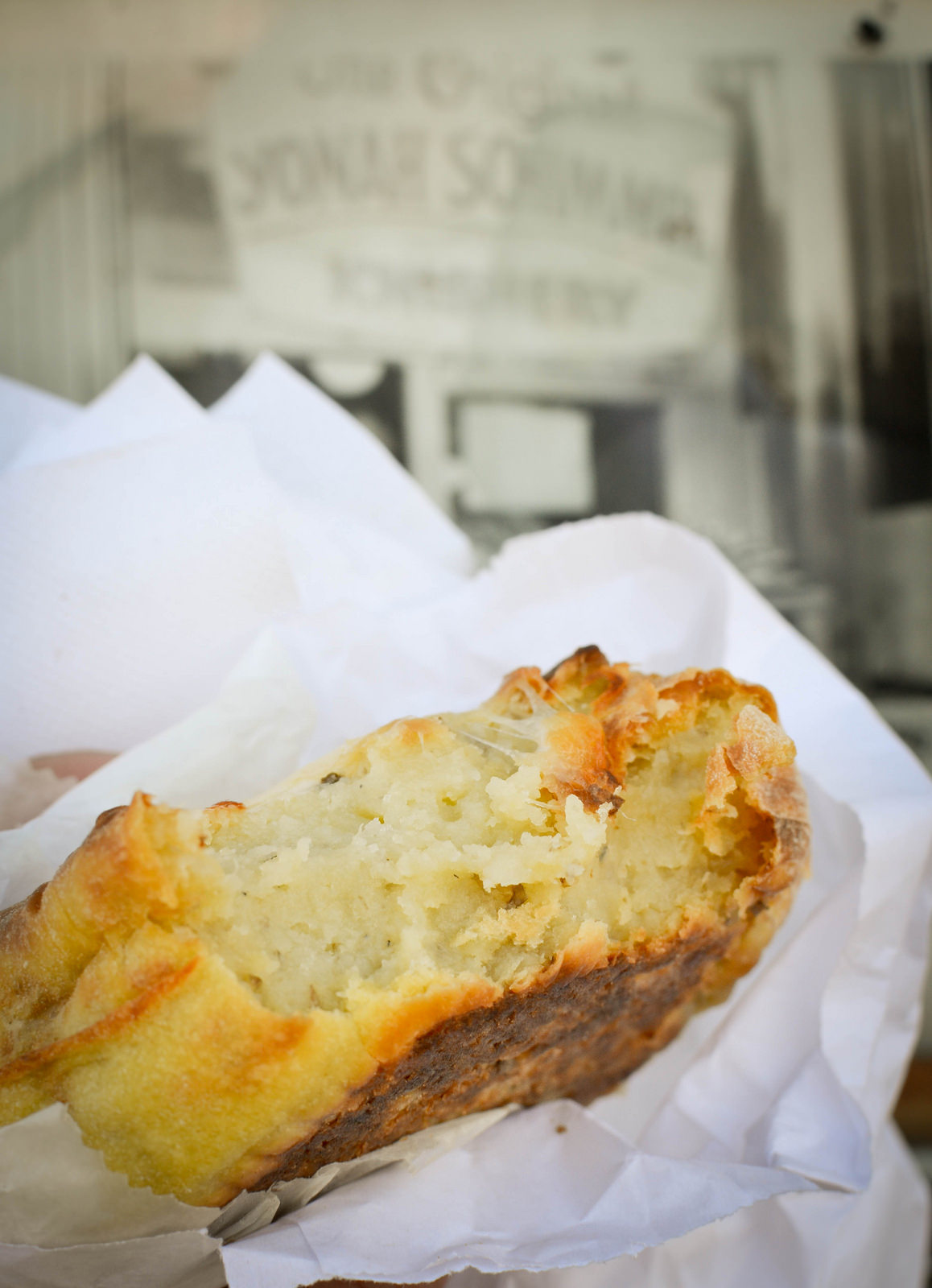
I had spent the afternoon wandering between these Jewish eateries and had not found my Marble Rye but what an audio visual feast I’d had. The voices sounded like the backdrop to Seinfeld even though the area is miles away from where it is filmed. I’m certain I saw George’s dad arguing with someone and Jerry’s mother gossiping with a group of friends. I smelled the pavement and the steam from the sewers alongside the bagels and the cakes and they all reeked of a history that is well and truly alive.
